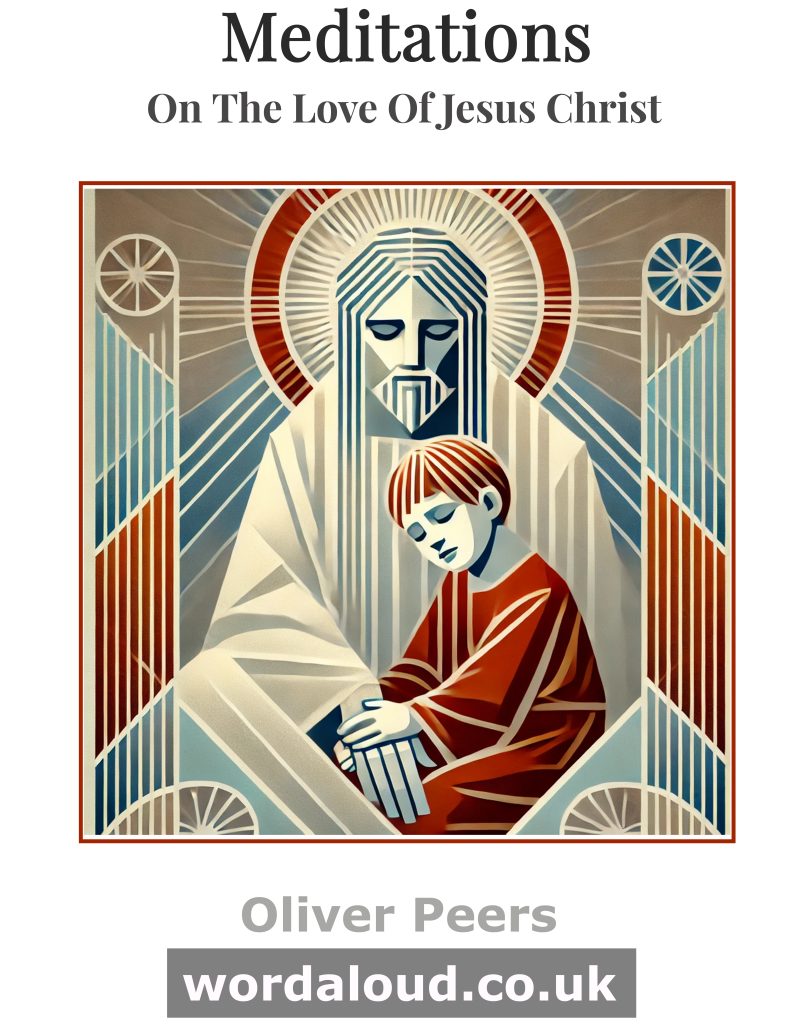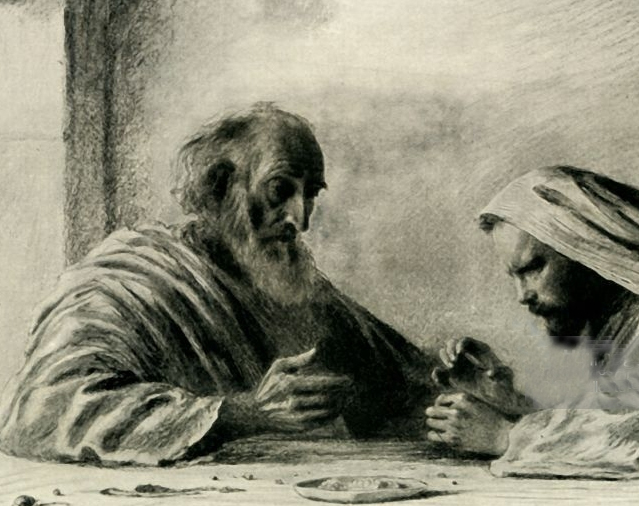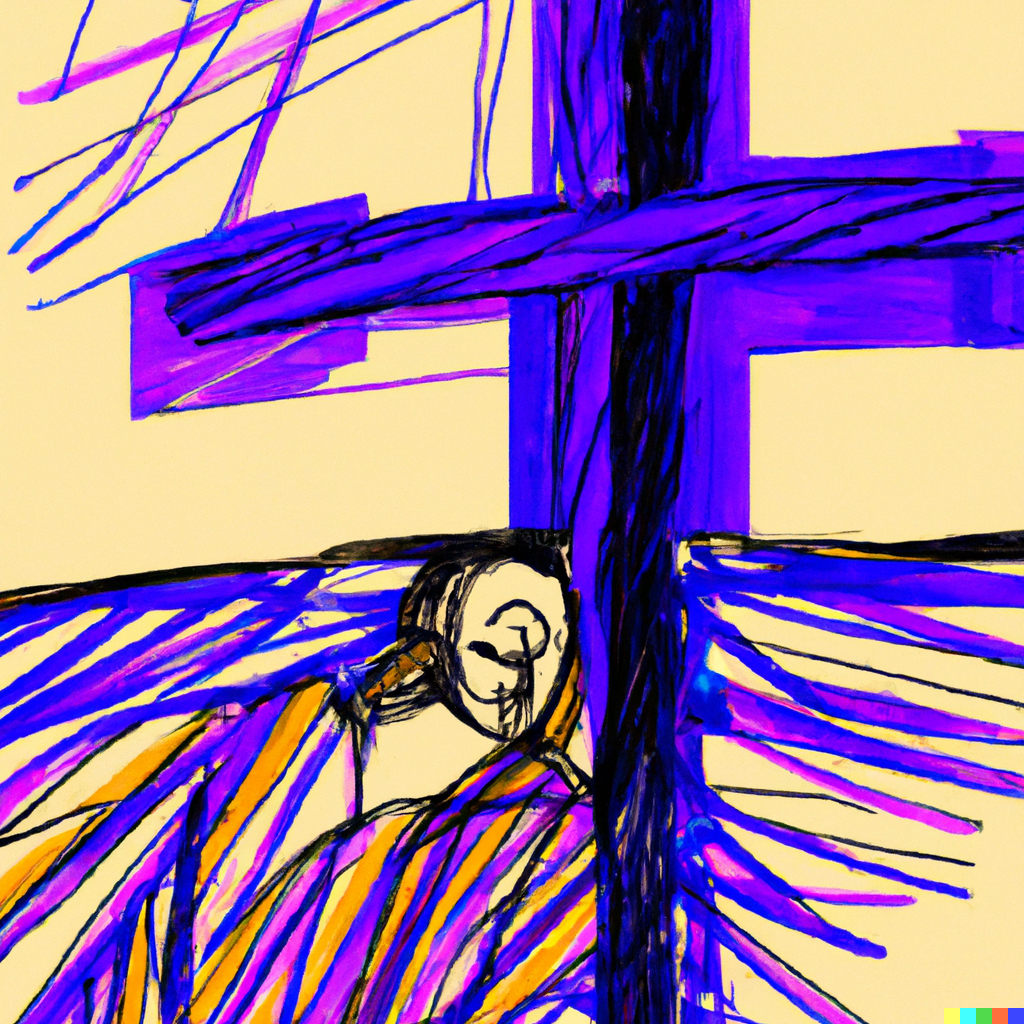Christian Art | Gerard Manley Hopkins | The Windhover
Gerard Manley Hopkins | The Windhover
I caught this morning morning’s minion, king-
dom of daylight’s dauphin, dapple-dawn-drawn Falcon, in his riding
Of the rolling level underneath him steady air, and striding
High there, how he rung upon the rein of a wimpling wing
In his ecstasy! then off, off forth on swing,
As a skate’s heel sweeps smooth on a bow-bend: the hurl and gliding
Rebuffed the big wind. My heart in hiding
Stirred for a bird, – the achieve of, the mastery of the thing!
Brute beauty and valour and act, oh, air, pride, plume, here
Buckle! AND the fire that breaks from thee then, a billion
Times told lovelier, more dangerous, O my chevalier!
No wonder of it: shéer plód makes plough down sillion
Shine, and blue-bleak embers, ah my dear,
Fall, gall themselves, and gash gold-vermilion.

![]()
Gerard Manley Hopkins | The Windhover
The Windhover by Gerard Manley Hopkins is a richly layered poem exploring the beauty of a kestrel in flight, while presenting a complex meditation on spiritual revelation, self-sacrifice, and divine glory. Hopkins dedicates the poem ‘To Christ our Lord’, indicating that the bird’s physical mastery mirrors the divine majesty of Christ.
The poem opens with an exclamation of awe as Hopkins describes seeing the kestrel in its early morning flight: ‘I caught this morning morning’s minion, kingdom of daylight’s dauphin, dapple-dawn-drawn Falcon, in his riding.’ The bird is both a servant of the morning (‘minion’) and a princely figure (‘dauphin’), reflecting both humility and nobility. The repeated ‘morning’ emphasizes both the freshness of the sight and spiritual renewal. This imagery captures the bird’s effortless command of the air, emphasizing both grace and control.
The kestrel’s mastery is described as it ‘rung upon the rein of a wimpling wing’. The word ‘rung’ conveys the idea of the bird circling or ringing in the air, while ‘rein’ suggests restraint and control, as if the bird is deliberately holding back its power. The alliteration and the rhythmic complexity mimic the bird’s fluid motion, while ‘wimpling’ adds a sense of delicate movement. Hopkins’s language fuses sound and meaning, allowing the reader to feel the energy and tension of the kestrel’s motion.
The bird’s movement shifts suddenly in the next lines: ‘then off, off forth on swing, as a skate’s heel sweeps smooth on a bow-bend.’ This describes a sudden, powerful descent. Comparison to ice-skating reflects both elegance and force, emphasizing the controlled strength of the bird. Herbert’s emotional response crescendos as he declares: ‘My heart in hiding stirred for a bird, – the achieve of, the mastery of the thing!’ The phrase ‘my heart in hiding’ suggests an awakening, a spiritual stirring triggered by the kestrel’s flight. The bird’s physical mastery becomes a metaphor for spiritual transcendence, drawing the speaker into awe.
In the sestet, the focus shifts from the bird’s external beauty to a deeper, hidden glory. ‘Brute beauty and valour and act, oh, air, pride, plume, here buckle!’ The triad of ‘beauty, valour, act’ captures the kestrel’s qualities but also suggests spiritual ideals. The word ‘buckle’ here implies both compression and submission, hinting at the paradox of strength through surrender. This prepares the reader for the poem’s spiritual climax.
The poem transitions into a meditation on self-sacrifice: ‘And the fire that breaks from thee then, a billion times told lovelier, more dangerous, O my chevalier!’ The ‘fire’ suggests a burst of divine energy or spiritual revelation, while ‘chevalier’ (knight) reinforces the Christ figure. This moment emphasizes how true glory is revealed through the yielding of strength, as seen in Christ’s sacrifice.
The final tercet deepens this theme with images of transformation through suffering: ‘No wonder of it: sheer plod makes plough down sillion shine.’ The hard work of ploughing (‘sheer plod’) results in the sillion (the turned earth) gleaming, a metaphor for how effort and suffering can reveal beauty. Similarly, ‘blue-bleak embers’ may appear lifeless but when broken open, they ‘gash gold-vermilion’, revealing hidden fire. The kestrel’s controlled energy mirrors this concept of spiritual strength revealed through apparent weakness.
Hopkins’s use of sprung rhythm, alliteration, and such dense imagery conveys both the physical splendor of the kestrel and a profound spiritual truths the kestrel represents. The poem suggests that divine beauty is not merely external but is often revealed through restraint, struggle, and sacrifice. This intertwining of physical observation and spiritual insight is both a praise poem and profound meditation on Christian faith.








